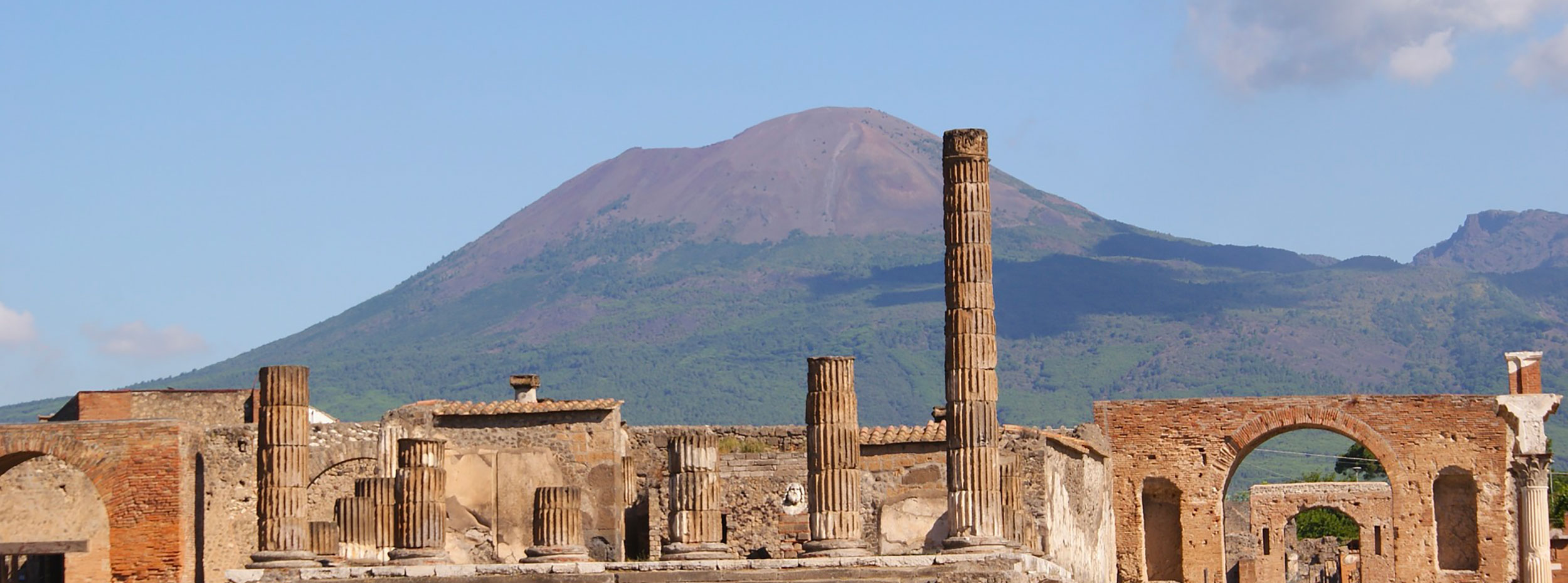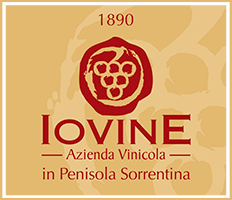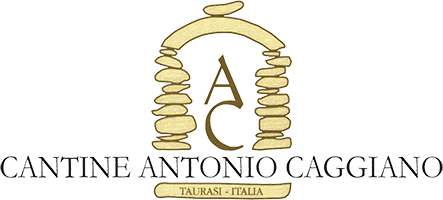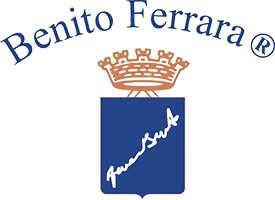
Diis Vini
Diis Vini winery, founded and led by Teresa Casciello, celebrates the winemaking traditions of the […]
View More


Popular Red Blends
Aglianico

Average annual production of our selection
865,000
bottles
Popular White Blends
Fiano
Greco


Total vineyards extension of our selection
79ha

Diis Vini winery, founded and led by Teresa Casciello, celebrates the winemaking traditions of the […]
View More
Vigne Sannite is a small co-operative of selected winemakers from Samnium, area near the city […]
View More

The estate established was by Antonio Caggiano with the help of Professor Luigi Moio, who […]
View More
The owners Gabriella Ferrara and her husband Sergio are the fourth generation of viticulturists of […]
View More
The Boccella Rosa farm was founded in 1968 and is managed since 2015 by the […]
View More